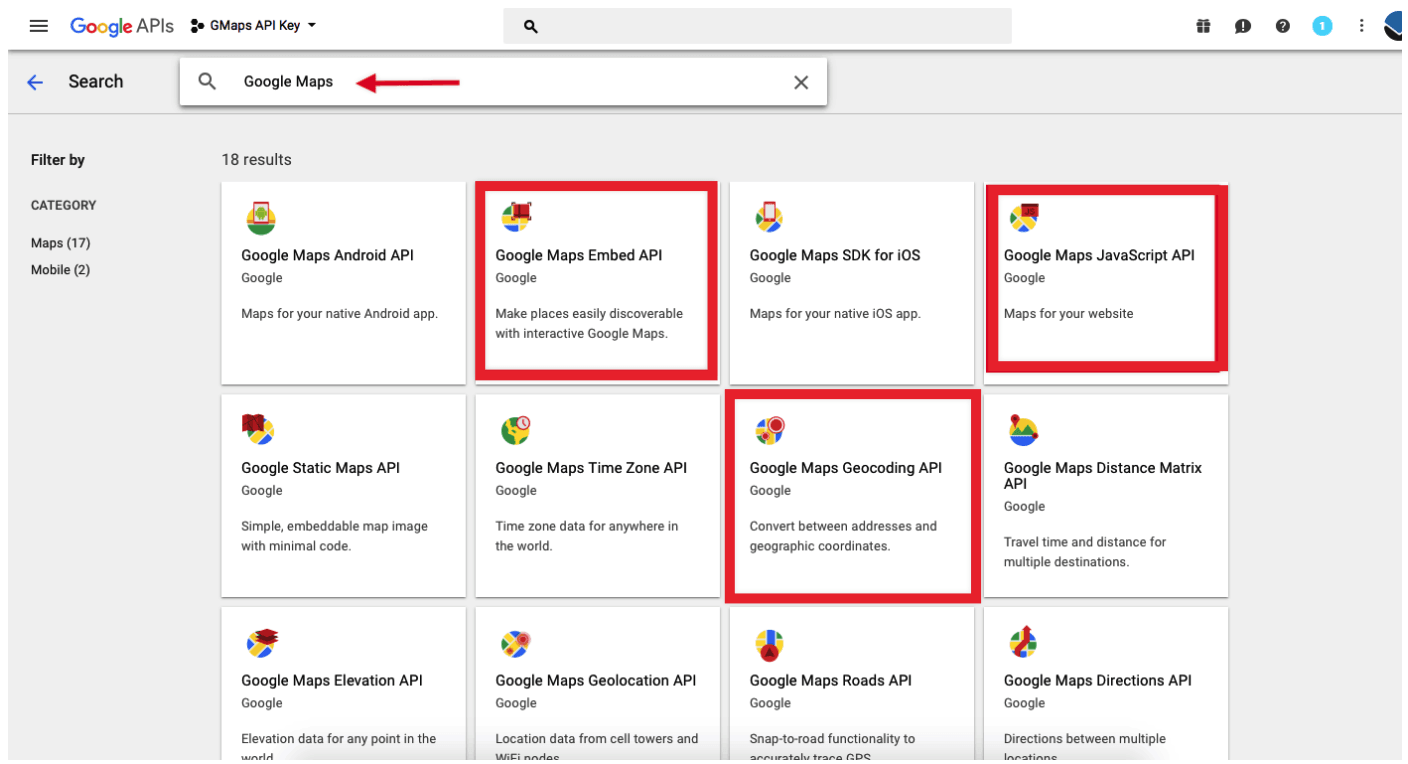Generate Key For Map Api
[ aws . apigateway ]
“ The Android API, which includes Street View, was particularly helpful. It allowed me to overlay the path of the sun and moon on any Street View location anywhere in the world. It allowed me to overlay the path of the sun and moon on any Street View location anywhere in the world. Jun 01, 2018 In order to help our customers with Google Maps integration, we have come up with a step-by-step tutorial on how to get a Google Maps API key fast.
Description¶
Create an ApiKey resource.
See also: AWS API Documentation
See 'aws help' for descriptions of global parameters.
Synopsis¶
Options¶
--name (string)
--description (string)
--enabled--no-enabled (boolean)
--generate-distinct-id--no-generate-distinct-id (boolean)
--value (string)
--stage-keys (list)

Shorthand Syntax:
Subway surfers coins and keys generator apk download. JSON Syntax:
--customer-id (string)
--tags (map)
Shorthand Syntax:
JSON Syntax:
--cli-input-json (string)Performs service operation based on the JSON string provided. The JSON string follows the format provided by --generate-cli-skeleton. If other arguments are provided on the command line, the CLI values will override the JSON-provided values. It is not possible to pass arbitrary binary values using a JSON-provided value as the string will be taken literally.
--generate-cli-skeleton (string)Prints a JSON skeleton to standard output without sending an API request. If provided with no value or the value input, prints a sample input JSON that can be used as an argument for --cli-input-json. If provided with the value output, it validates the command inputs and returns a sample output JSON for that command.
See 'aws help' for descriptions of global parameters.
Examples¶
To create an API key that is enabled for an existing API and Stage
Command:
Output¶
id -> (string)
value -> (string)
name -> (string)
customerId -> (string)
description -> (string)
enabled -> (boolean)
Generate Api Key For Google Maps
createdDate -> (timestamp)
lastUpdatedDate -> (timestamp) Sap r3 license keys generator.
stageKeys -> (list)
A list of Stage resources that are associated with the ApiKey resource.
(string)
tags -> (map)
The collection of tags. Each tag element is associated with a given resource.
key -> (string)
value -> (string)
New Users: Before you can start using the Google Maps Platform APIs and SDKs, you must sign up and create a billing account.To learn more, see Get Started with Google Maps Platform.To use the Maps Embed API you must have an API key. The API key is a unique identifier that isused to authenticate requests associated with your project for usage and billing purposes.
Get the API key
You must have at least one API key associated with your project.
To get an API key:
- Visit the Google Cloud Platform Console.
- Click the project drop-down and select or create the project for which you want to add an API key.
- Click the menu button and select APIs & Services > Credentials.
- On the Credentials page, click Create credentials > API key.
The API key created dialog displays your newly created API key. - Click Close.
The new API key is listed on the Credentials page under API keys.
(Remember to restrict the API key before using it in production.)
Add the API key to your request
You must include an API key with every Maps Embed API request.In the following example, replace YOUR_API_KEY withyour API key.
For more information about MODE and parameters options in the code above, see Forming the URL for the Maps Embed API.
Restrict the API key
We strongly recommend that you restrict your API key. Restrictions provide added security and helpensure only authorized requests are made with your API key. There are two restrictions. You shouldset both:
- Application restriction: Limits usage of the API key to either websites (HTTP referrers), web servers (IP addresses), or mobile apps (Android apps or iOS apps). You can select only one restriction from this category, based on the platform of the API or SDK (see GMP APIs by Platform).
Note: If you need to call web, web service, and/or mobile APIs from the same (client-side) app, create and restrict multiple keys.
- API restriction: Limits usage of the API key to one or more APIs or SDKs. Requests to an API or SDK associated with the API key will be processed. Requests to an API or SDK not associated with the API key will fail. (The API or SDK must be enabled and must support the application restriction.)
Generate Random Api Key

To restrict an API key:
Generate Key For Map Api 10
- Go to the Google Cloud Platform Console.
- Click the project drop-down select the project that contains the API key you want to secure.
- Click the menu button and select APIs & Services > Credentials.
- On the Credentials page, click the name of the API key that you want to secure.
- On the Restrict and rename API key page, set the restrictions:
- Application restrictions
- Select HTTP referrers (web sites).
- Add the referrers.
- API restrictions
- Select Restrict key.
- Click Select APIs and select Maps Embed API.
(If the Maps Embed API is not listed, you need to enable it.) - Click SAVE.